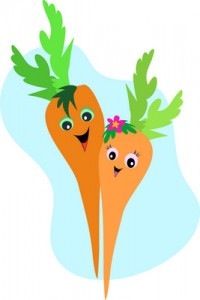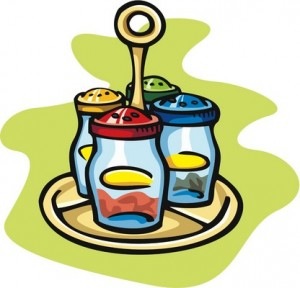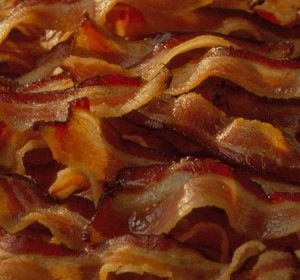 Good-bye pyramid, hello plate. The word is that the government’s food pyramid is going to be ditched for a plate shaped system that uses wedges for the basic food groups and a half a plate for fruit and vegetables.
Good-bye pyramid, hello plate. The word is that the government’s food pyramid is going to be ditched for a plate shaped system that uses wedges for the basic food groups and a half a plate for fruit and vegetables.
Despite all of the information about why we should eat more fruit and vegetables, according to the State of the Plate: 2010 Study. from the Produce for Better Health Foundation, 93.6% of Americans don’t hit our vegetable target and 92.4% of us don’t reach our fruit target.
How Many Fruit And Veggies Should You Eat?
The 2010 Dietary Guidelines makes a point of telling us to increase our consumption. But, here’s a question for you: do you know how many carrots or grapes or broccoli florets are in a 1 or ½ cup serving? Probably not. How much do you need, anyway?
The recommended amount is going to vary depending on your age, gender, and level of activity. Go here for some general recommendations – or, trying filling up half of your plate.
Some Visual Portion Guidelines
But, it isn’t always so easy. What if you pack your lunch, grab lunch at a deli, or snag a piece of fruit off of the platter in the conference room? Or, maybe you eat out a lot and you want to guestimate the portion on your plate. Here are some general visual guidelines from the CDC:
One cup servings:
- 12 baby carrots or 2 medium carrots
- 1 large ear of corn
- 1 large sweet potato
- 1 medium potato
- 2 large celery stalks
- 1 large bell pepper
- 8 large strawberries
- 1 small watermelon wedge
- 1 large banana
- 1 small apple
- 1 large orange
- 1 medium pear
One-half cup servings:
- 16 grapes
- 1 large plum
- 1 small (1/4 cup) box of raisins
- 1 medium slice of cantaloupe
- ½ medium grapefruit
- 5 broccoli florets



